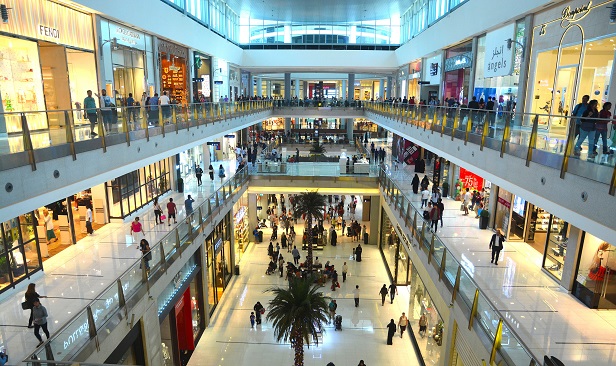So far so good for retailers this holiday season. Consumers visited an average of 12 stores over Thanksgiving weekend, with an estimated 160 million people flocking to malls and other retail outlets, according to ICSC. Beginning on Thanksgiving Day, consumers spent an estimated average of $504, with 50% spending more than last year.
As the numbers for this Thanksgiving weekend roll in, they paint a picture of a strong upcoming season albeit one in which certain retailers and strategies will win. Sales were solid—a good deal of which were attributed to online purchases. Lines were long, but only at certain stores. Coresight Research reports that there people were willing to wait at American Eagle Outfitters, Bed Bath and Beyond, the Nike Outlet, Old Navy and Target; but there were no wait times at Costco and drugstores.
E-commerce, not surprisingly, figured prominently in this weekend's sales activity. Online sales on Black Friday rose more than 19.6% to $7.4 billion and increased 14.5% to $4.2 billion on Thanksgiving, Adobe Analytics reports. One worrisome stat for brick-and-mortar retailers from ShopperTrak finds that the combined number of shoppers visiting stores on Thanksgiving and Black Friday declined 3% from 2018. That said, "physical retail continues to be the overwhelming choice of consumers to make their purchases," says Tom McGee, president and CEO of ICSC in prepared remarks. "This weekend was no different and is a great indicator of what is still to come this holiday season."
Given the data, one conclusion to reach is that the retailers that will succeed this season will be the ones with an omnichannel presence or an experiential offering. But not always: ICSC found that discount department store retailers were the most popular destinations for shoppers, highlighting the ever-importance of pricing. Indeed, out of the 32 retailers visited by Coresight Research, 25 offered promotions, with discounts averaging 37–47%.
Blurring Lines
One common theme was the experiences that drove mall traffic, according to CBRE, such as movie theaters, restaurants, and events such as Santa visits, tree-lighting ceremonies, and holiday markets featuring local merchants for Small Business Saturday.
That also had an effect on online sales as the lines between e-commerce and in-store continue to blur. Retailers have extended many Black Friday promotions through the weekend, and many typical Cyber Monday promotions started earlier due to the shorter time frame between Thanksgiving and Christmas this year, CBRE Global Head of Retail Research Meghann Martindale tells GlobeSt.com. "In fact, Cyber Monday is almost a full week closer to Christmas this year due to the compressed holiday season, which makes it one of the last major opportunities to promote merchandise to be bought online and shipped to homes before Christmas," she says. "In short, we, like many others, expect Cyber Monday to break records this season, especially with the growing influence of mobile commerce."
ICSC's stats also show the advantage that omnichannel retailers have in the marketplace. On Black Friday shoppers allocated 78% of their purchases to omnichannel retailers–either in-store or online. It also predicts that 77% of overall consumers and 86% of Millennials plan to shop on Cyber Monday. Omnichannel retailers are expected to win the day, as 83% of shoppers plan to spend at these stores, according to ICSC.
What Do Consumers Want?
With all this data about where consumers are shopping, it is easy to overlook what they are buying. CBRE's Martindale tells GlobeSt.com that it is seeing resale goods becoming acceptable gifts, especially in luxury items and vintage apparel. The trend appeals to environmentally and economically conscious shoppers, she says.
"We also see pop-up stores becoming a more permanent fixture in retailers' and landlords' strategies to meet shoppers' expectations for new and exciting products," she says. "This trend fits well into a modern retail landscape attuned to brand collaborations and flash sales. The pop-up format also serves as an incubator, allowing retailers to test product drops and to try out various markets during the holiday season and after."
But what if you are a retail sitting out these trends? There is still reason to hope. As Martindale notes, the biggest influence on holiday shopping this year is the strong job market and healthy economy.
© Touchpoint Markets, All Rights Reserved. Request academic re-use from www.copyright.com. All other uses, submit a request to [email protected]. For more inforrmation visit Asset & Logo Licensing.








